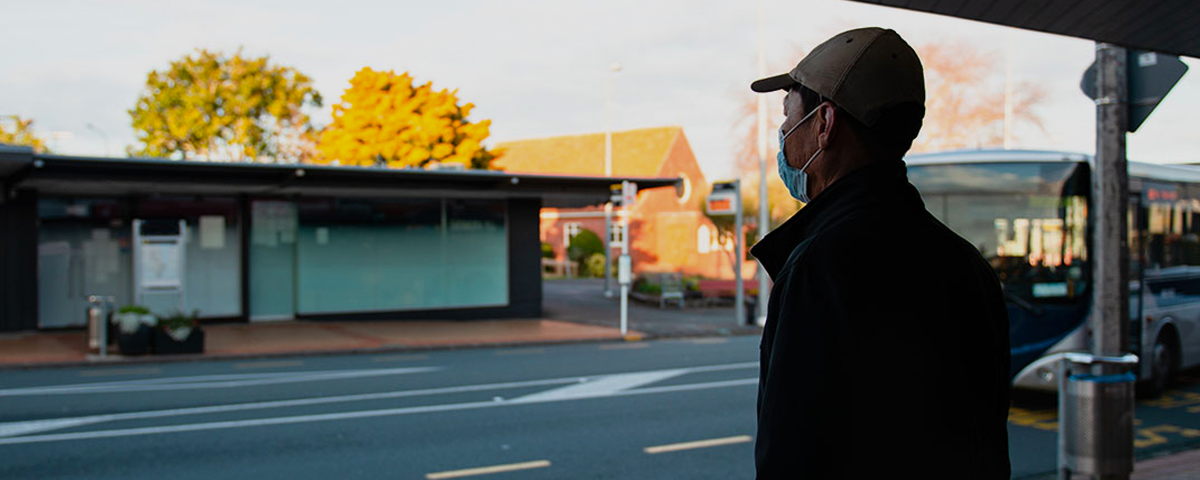
New Zealand Government announce business support for Omicron Outbreak
Like the Omicron Wave, Government support has been a bit slower to arrive than anticipated, but yesterday some relief for businesses was finally announced. At this stage businesses outside of tourism and hospitality seem to largely be coping well. Therefore, while many small businesses are not in need of support at present, the changes announced yesterday will remove a lot of stress from business owners who are worried about what the next few weeks might bring.
The Government has previously hinted at targeted support for the likes of hospitality and tourism, but, thankfully, they dropped this in favour of wider support.
At this stage, three areas of support have been announced:
- Changes to the Small Business Cashflow Loan Scheme; and
- COVID-19 Support Payments for 6 weeks from 28 February; and
- Flexibility from IRD around tax payments and dates.
The detail behind these changes is a little scant at the moment, but below is our summary of what we know so far. When further details are known, they will be published here and we will also provide an update
COVID-19 Support Payment(s)
From 28 February, affected businesses will be able to apply for COVID-19 Support Payments, with the first payments commencing 1 March.
The amount of each fortnightly payment is $4,000 per business and $400 per full-time equivalent employee (capped at 50 FTEs). Therefore, the maximum payment is $24,000 per business per fortnight.
The prerequisite qualification to this is that a business suffers a 40% turnover drop for a seven-day window compared with a 7-day period in the 6 weeks prior to 15 February. The full detail around qualifying criteria will be important, so we will provide an update as soon as this is published.
At this stage there will be three fortnightly payments, but the Government has indicated that this could be extended if the Omicron outbreak lasts longer than anticipated.
It seems these will be administered by IRD, but that was not in the announcement.
A few important points to note:
- We would expect that there will be IRD activity down the track around these applications, so keep good records to support your application.
- If you think your business will qualify then get your financial records in order now as you will want to clearly demonstrate the prerequisite turnover drop.
- With previous wage subsidy and RSP payments, the availability of subsequent payments was driven by the date of application. So, if you are eligible, then get your ducks in a row and apply as soon as possible
Changes to Small Business Cashflow Loan Scheme
Some very welcome news is changes to the Small Business Cashflow Scheme or SBCS. SBCS loans were introduced in May 2020, and uptake of these was very high. Initially, these loans were a three-year loan with one- year interest free, but that was later automatically extended to a five-year term with two-years interest free. The way the interest-free period works with these loans is that no interest is charged if the loan is repaid within the interest-free period, but if it is not repaid, then interest accrues from draw-down date at 3%. Since these loans have been around for nearly 2-years now, many borrowers are coming up to the end of their interest-free window. Helpfully, the Government has decided to extend the interest free period another year. This is very welcome relief! As best as we can tell this is extension will automatically apply across the board.
The other change to the SBCS scheme is the ability to draw down an additional $10,000 with a five-year term and two-years interest free.
Again, the full detail is not known, but we will provide and update when it is.
IRD flexibility
There is no detail behind this yet, but we could expect something similar to 2020 where the IRD was given broad powers to write off interest and penalties for taxpayers affected by COVID-19.
We will update you once more detail is known.
Other support available
The very narrow Leave Support Payments and Short-Term Absence payments administered by WINZ remain in force. We won’t go into the detail, but the Leave Support Payment is available to employers to help pay the wages/paid leave of employees who are required to isolate under public health guidelines (because they have COVID-19 or are a close contact etc). The Short Term Absence payment is for employers to cover the cost of wages/paid leave for employees who are isolating while waiting for the outcome of a COVID-19 test. In both cases, the employees are not able to work from home.
Take care everyone.